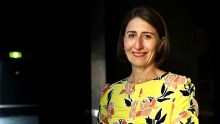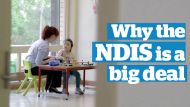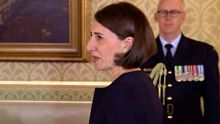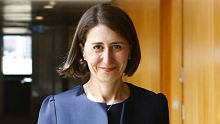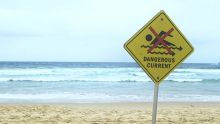The 20-fold increase in the number of children diagnosed with autism in the past 30 years is due to clinicians diagnosing less severe autism in children, a study has found.
And the so-called "epidemic" is putting pressure on the public purse, potentially risking the sustainability of the National Disability Insurance Scheme.
More NSW News Videos
Why the NDIS is a big deal
One of the biggest policy reforms in generations is about to change the lives of hundreds of thousands of Australians.
A study of more than 1200 children diagnosed with autism spectrum disorders – which encompasses a range of behavioural symptoms - in Western Australia found no evidence of more children being born with autism than in the past.
Professor Andrew Whitehouse, the head of autism research at Perth's Telethon Kids, said there had been a clinical shift towards diagnosing autism in children with less severe behavioural symptoms.
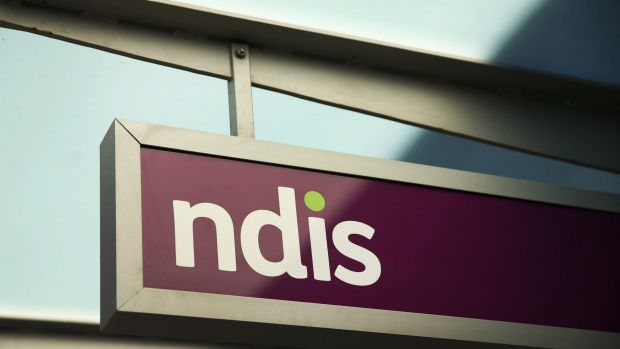
"Other research has shown these children would previously have either received a diagnosis of another condition such as language impairment, or not received any diagnosis at all," he said.
The number of children diagnosed with autism has increased 20 times since the 1970s, with its prevalence now believed to be at least 1 per cent.
Whitehouse said the understanding of autism had changed, with more types of behaviour now meeting the criteria for diagnosis.
Autism was previously thought to be only a severe disorder which included intellectual disability.

But Whitehouse said it was wrong to suggest that children with mild symptoms did not have autism.
The findings, published on Monday in the journal Autism Research, relied on diagnostic information of 1252 children diagnosed between 2000 and 2006 – the years that saw the largest increase in autism around the world.
The unexpected numbers of children with autism who qualify for funding under the NDIS has been blamed for cost blowouts in the scheme.
Early intervention treatments cost up to $80,000 a year, and David Bowen, the chief executive of the National Disability Insurance Agency, told 7.30 last year that there were children with NDIS packages costing more than $100,000.
Last week, the Turnbull government announced a major review into the cost of the NDIS, which is due to provide financial support to almost half a million people by 2019, amid warnings the cost of the scheme would blow out by billions of dollars a year.

